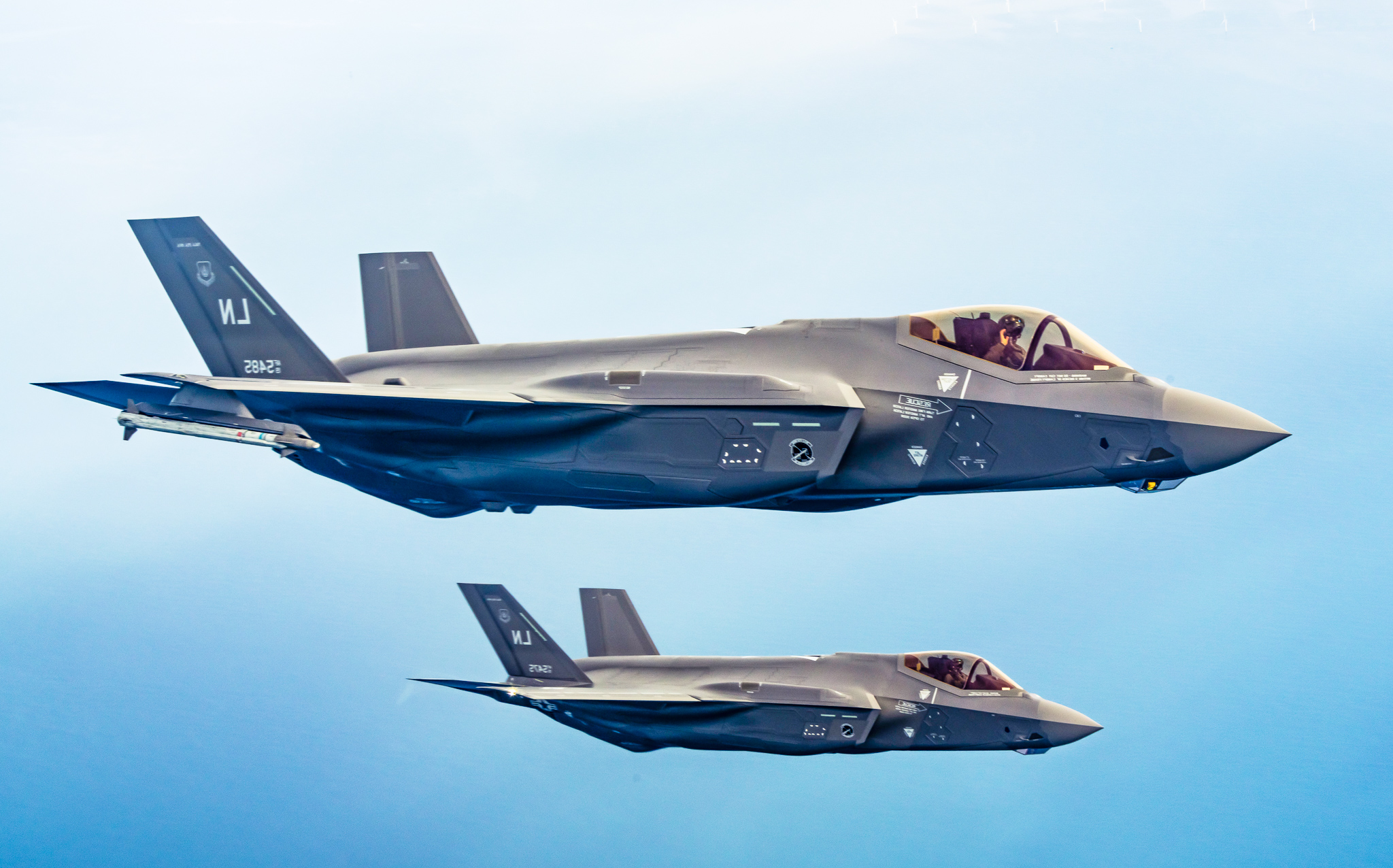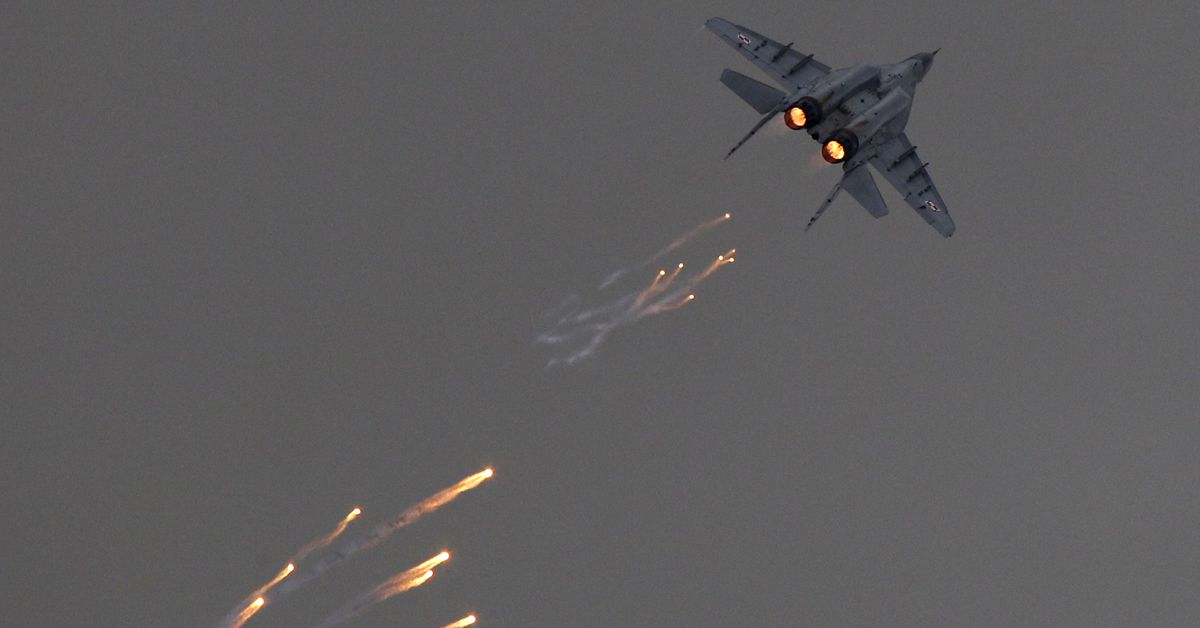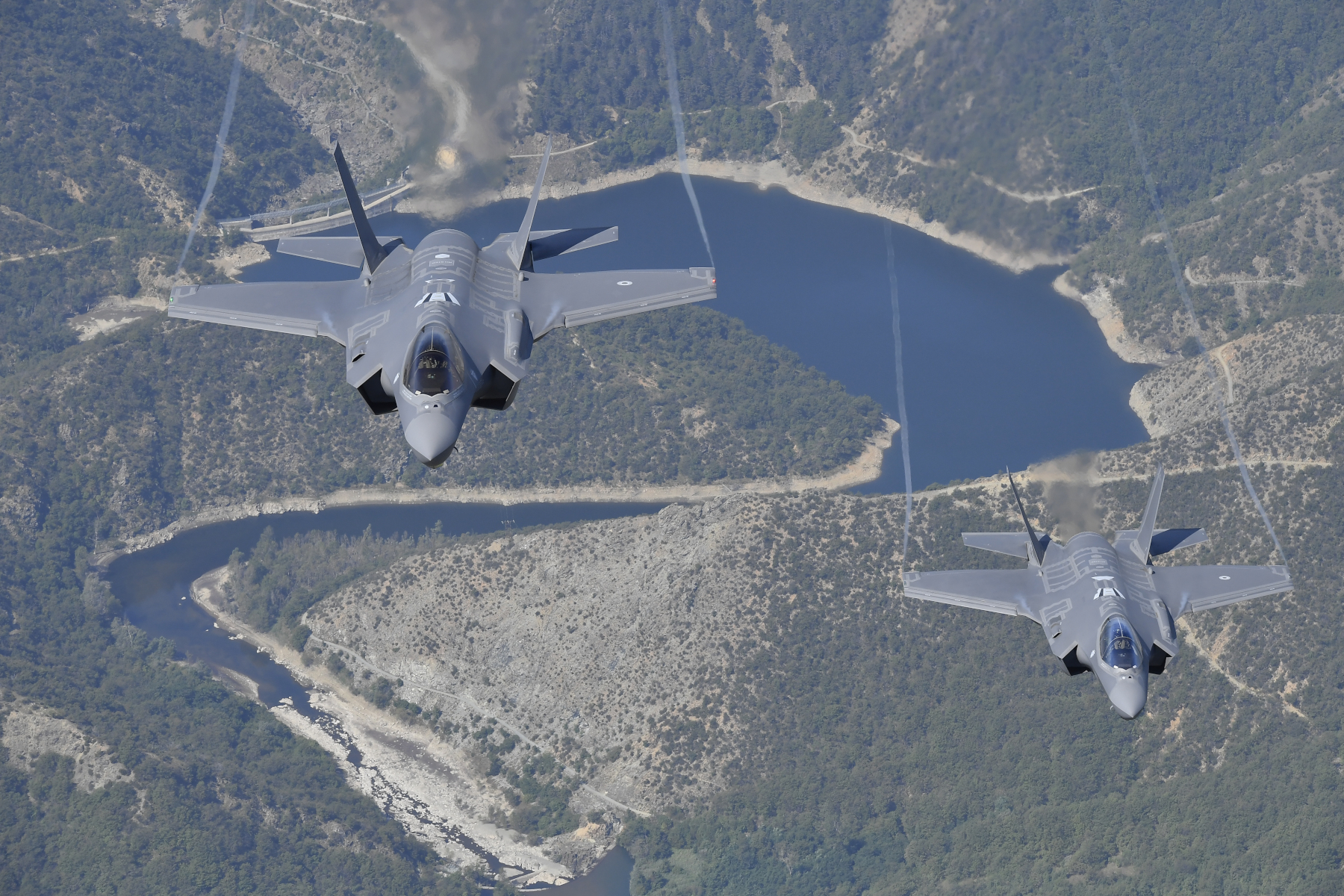The F-35 fifth-generation stealth fighter plane, developed by the US defense firm Lockheed Martin, has become a popular choice among key European countries, demonstrating their confidence in the jet’s capabilities.
F-22 Raptors – US Air Force Uses Its Most Powerful Fighters To Test Next-Gen Air Dominance (NGAD) Jet Technology
In mid-March, Germany joined this club, announcing the purchase of 35 F-35 fighter fighters from the United States to replace its aging Tornado. A total of eight European countries currently operate or have signed contracts for the fifth-generation fighter jet.
Even neutral democracies such as Finland and Switzerland have stepped up to purchase the fighter for their defense, claiming that it provides the finest capabilities at the lowest possible cost.
As the number of F-35 squadrons within NATO grows, so will the level of interoperability across the bloc’s air forces.

The fundamental reason appears to be that large purchases of cutting-edge technology, like the F-35, usually lead to greater cooperation with the US, such as through pilot and maintenance training. Military interoperability with the US is also improved by using the same systems.
However, it seems that some of these countries will confront significant obstacles in their efforts. Due to the growing number of F-35s in Europe, more pilots will be required to learn to operate the jet.
Deployed Around Russia – F-35 Test Pilot ‘Speaks His Heart Out’ On The Might Of US Stealth Fighters Over J-20, Su-57 Jets
However, because of the F-35’s sophisticated tech, pilots from countries with Soviet-made aircraft in their Air Forces will probably be unable to make the transition.
Countries With Soviet Jets
Bulgaria, Poland, and Slovakia are the only countries that still employ Soviet-era jets. These countries recently made headlines when it was reported that they would be supplying Ukrainian Air Force with these Soviet-era jets.
The Biden administration, however, rejected a proposal of Poland to make its obsolete Russian-made MiG aircraft accessible to a US base in Germany for possible handover to Ukraine. The Polish Air Force is the largest operator of the Soviet-era jets.
The Polish Air Force currently has 27 MiG-29s, according to military information source Janes. There are 21 single-seat MiG-29s and six twin-seat MiG-29s. However, only 23 of these fighter jets are currently operating. The country also has 12 operational Su-22s.
The rest of Poland’s combat fleet consists of 36 F-16 fighter jets built in the United States. Meanwhile, the country ordered 32 F-35As in 2020 as part of a modernization plan for its air force, with an option to buy 16 more.
Experts have pointed out that Russian threats drove the country to purchase a fifth-generation fighter plane.

Nevertheless, the country’s airforce would face a big challenge in the future as a result of this combination of Western-made and Soviet-origin aircraft.
In an interview, Billie Flynn, a retired Canadian air force lieutenant colonel and senior F-35 test pilot stated that the combination of Western-made and Soviet-origin aircraft will make it more difficult for Poland to incorporate the F-35 into its fleet.
“There’s very much the Russian, Eastern Bloc mentality [vs.] the Western F-16 cadre” in the Polish Air Force, and the pilots in each cadre do not cross between them, Flynn explained.
Transitioning to the F-35, one of only four fifth-generation jets in service around the world, would be a “leap” for any pilot, Flynn said. The Polish Air Force’s F-16 pilots, or the “Western Bloc,” will be able to shift to the newer plane but the “Eastern Bloc” of pilots will not, according to Flynn.
“To transition to this cosmic spaceship,” Flynn added, referring to the F-35, is “far too much to grasp.”
In an earlier Op-ed, Jacek Siminski raised similar concerns. He said, “when it comes to the pilots. It remains dubious, if not impossible, to carry out a type-conversion training for the pilots flying the legacy Soviet-designed aircraft, to be able to fly the F-35.”
“The F-35, as a data-centric platform, requires a different mindset altogether. One could risk saying that training a Fulcrum pilot to fly the F-35 would not be cost-effective, or even impossible, ” he added.
Reasons Behind The Challenges
Both the MiG-29 and the F-16 are fourth-generation fighters, with the MiG-29 being predominantly an air superiority fighter and the F-16 being a multi-role aircraft. The Soviet jet was designed to counter the American F-16 and F-15 fighter jets.
Making the transition from that Soviet-made plane to current US fighters, nevertheless, takes more than just acquiring new skills. It also necessitates changing to a whole different design philosophy, which, according to Flynn, makes such a change very impossible.
“Every part of how we mechanize the aircraft in the West is different from how Russians design their aircraft, every part of the philosophy of how you fly an airplane, how you design cockpits, how you process information is different,” Flynn added.

An F-16 pilot, on the other hand, will find it easier to transition to the F-35 — both of which are developed and manufactured by Lockheed Martin — since the stealth fighter is a “logical step forward,” according to Flynn.
“To say to an F-16 pilot, hey, we’re Lockheed Martin, and we build the aircraft [a] certain way, and switches [a] certain way, and now we’re going to give you the next generation of that, there’s a logic flow of our design, of the F-16, as the baseline, that kind of looks like what the F-35 is,” Flynn said. “That does not exist for the MiG cadre.”
With militaries embracing the F-35 and other advanced jets, “there is no place for the MiG-29 pilots in the sophisticated world of” fifth-generation aircraft, he added.
Nonetheless, if these evaluations are accurate, Poland will need a thorough plan to avoid wasting resources and to figure out how to train its pilots more effectively.
- Contact the author at ashishmichel@gmail.com
- Follow EurAsian Times on Google News




